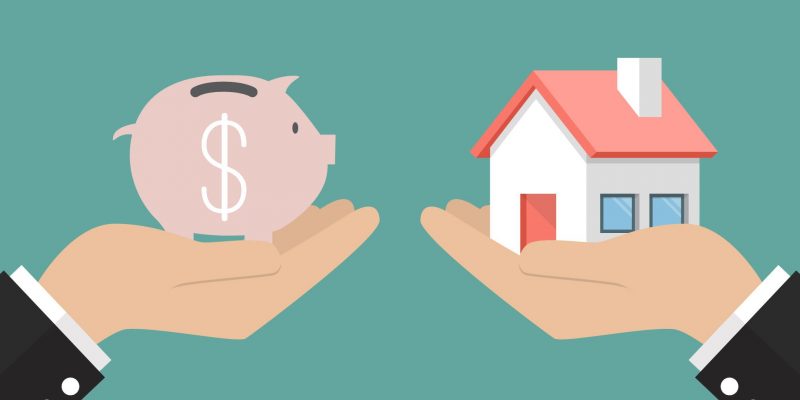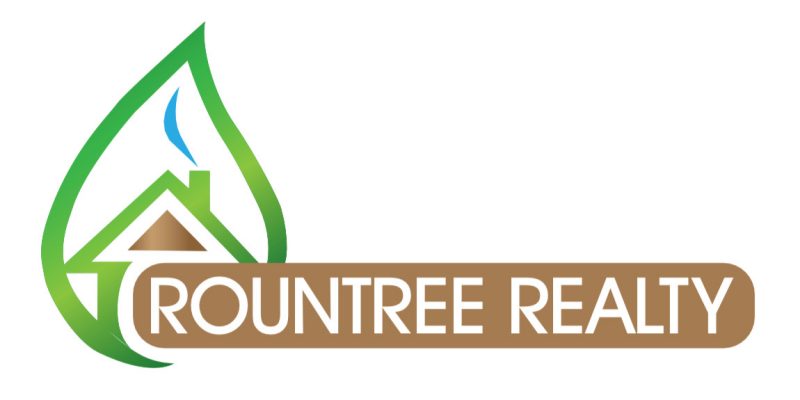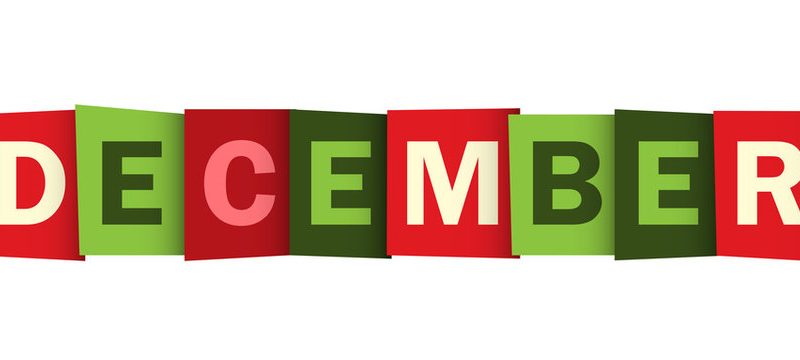Federal law states that banks are required to keep a minimum amount of cash on hand. This is called the reserve requirement.
But bank balances aren’t constant, as customers deposit or withdraw their cash. As a result, banks sometimes need to borrow money from other banks, overnight, to meet their reserve requirement.
The federal funds rate is the interest rate that banks charge other banks for these overnight loans. The central bank of the United States, the Federal Reserve, aka the Fed, is responsible for setting the federal funds rate. When the Federal Reserve changes this rate, it impacts everything from employment to the production and price of goods and services.
That said, there are two questions at hand: How could interest rate changes affect the housing market in general, and how could it affect your ability to buy or sell your own home?
If mortgage interest rates rise and everything else stays the same — borrowers have the same income and same debt levels — the borrower won’t qualify for as expensive of a mortgage as they previously could. For example, if a borrower qualifies for a maximum monthly payment of $2,000 per month, and mortgage rates rise, then interest will gobble up a bigger chunk of that $2,000, leaving less space for principal.
This could put home buying out of reach for some, or put stagnant or downward pressure on home prices.
But an alternate scenario could also unfold.
If employment rises, or salaries and wages grow, or consumer debt falls, or lending criteria loosens, then borrowers may still qualify for similarly-sized or larger mortgages.
For example, if a potential homebuyer gets a $10,000 annual raise and their unemployed spouse finds part-time work, then their borrowing qualifications improve. If they use some of this additional income to pay off their consumer debt, then their borrowing qualifications improve even more.
Sure, interest rates may rise. But this uptick could be offset by other economic factors that improve borrowers’ positions.
The outcome isn’t as simple as assuming higher interest rates are bad for the housing market. A variety of factors, from wages to employment to lending requirements, influence the number of homebuyers in the market and the maximum price of homes for which they qualify. And this impacts everything from median sale prices to the average number of days-on-market.
Furthermore, real estate markets are inherently local. Working with a realtor who is local and knows exactly how to help you in your specific market is important. If you have any questions about anything real estate related, I would love to help you through it.









